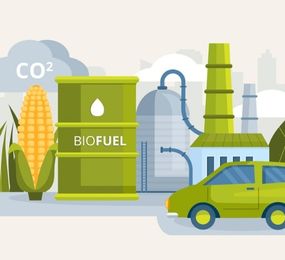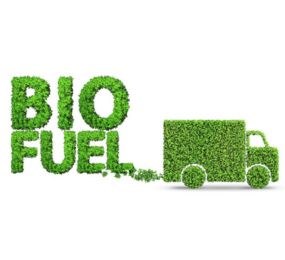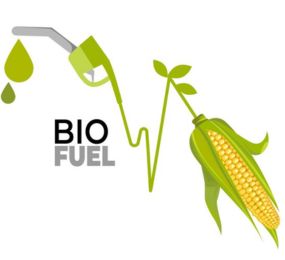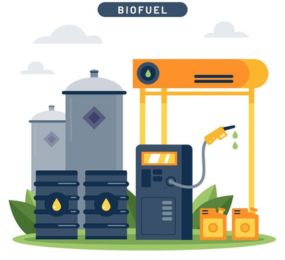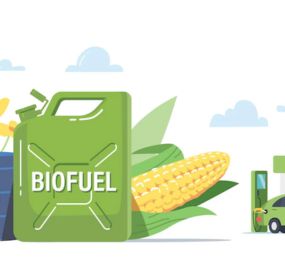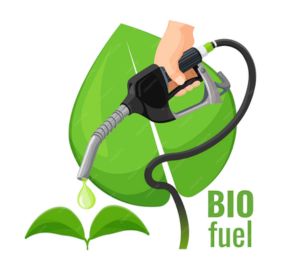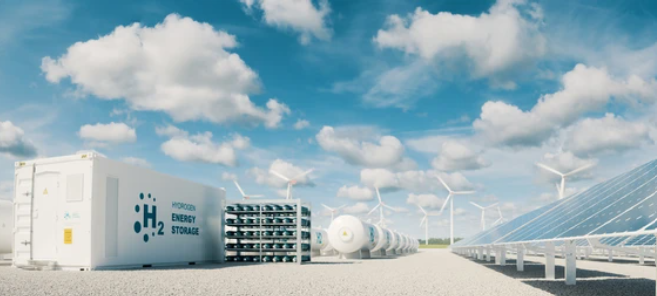Biomass, as a renewable and sustainable energy source, holds great promise in addressing our energy needs while reducing our carbon footprint. Various methods of biomass conversion are being harnessed to transform organic materials into valuable energy resources. Here, we explore some of the different methods of biomass conversion.
1. Combustion: This is one of the oldest and simplest methods of biomass conversion, where organic materials are burned to produce heat and electricity. Biomass power plants and residential stoves often use this method.
2. Pyrolysis: Pyrolysis is a thermal decomposition process in the absence of oxygen. It turns biomass into biochar, bio-oil, and syngas. These products can be used for various applications, from soil enhancement to biofuel production.
3. Gasification: Gasification involves heating biomass in an environment with limited oxygen, leading to the production of syngas. Syngas, a mixture of carbon monoxide and hydrogen, can be used for power generation, heat, or converted into biofuels.
4. Fermentation: Fermentation is primarily used for sugar and starch-rich biomass, such as corn and sugarcane, to produce bioethanol. Microorganisms like yeast and bacteria convert sugars into ethanol.
5. Anaerobic Digestion: This process uses bacteria in the absence of oxygen to break down organic matter and produce biogas, mainly composed of methane. Biogas can be used for electricity generation or as a fuel source.
6. Hydrothermal Processing: This method employs high-temperature and high-pressure water to convert wet biomass into biofuels or biochemicals. It is effective for a wide range of feedstocks, including algae and waste materials.
7. Direct Liquefaction: In direct liquefaction, biomass is converted into liquid fuels through the application of heat and a catalyst. This method has potential for producing bio-oils and biofuels from a variety of feedstocks.
Each of these biomass conversion methods has its advantages and limitations, making them suitable for different feedstocks and applications. The choice of conversion technology depends on factors like feedstock availability, desired products, and environmental considerations. As we seek more sustainable and environmentally friendly energy solutions, these biomass conversion methods play a crucial role in shaping our future energy landscape.
To register or learn more about the Forum please check here: https://bit.ly/3JyelAm
For more information and group participation, contact us: [email protected]



